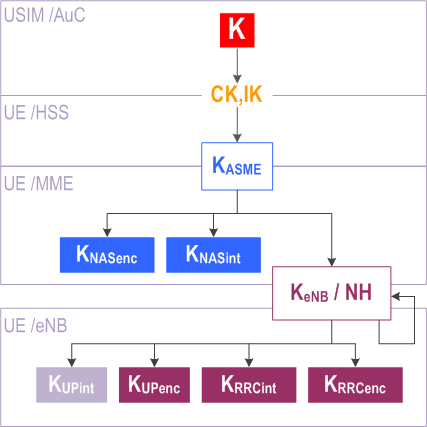TS 33.401
System Architecture Evolution (SAE) –
Security Architecture
V18.1.0 (PDF)
2024/06 … p.
V17.5.0
2024/06 … p.
V16.3.0
2020/06 174 p.
V15.11.0
2020/03 166 p.
V14.6.0
2018/09 155 p.
V13.5.0
2016/12 152 p.
V12.16.0
2015/12 134 p.
V11.9.0
2015/12 123 p.
V10.7.0
2015/12 118 p.
V9.9.0
2015/12 107 p.
V8.8.0
2011/06 101 p.
- Rapporteur:
- Dr. Prasad, Anand
NEC Europe Ltd

essential Table of Contents for TS 33.401 Word version: 17.3.0
each title, in the "available" or "not available yet" area, links to the equivalent title in the CONTENT